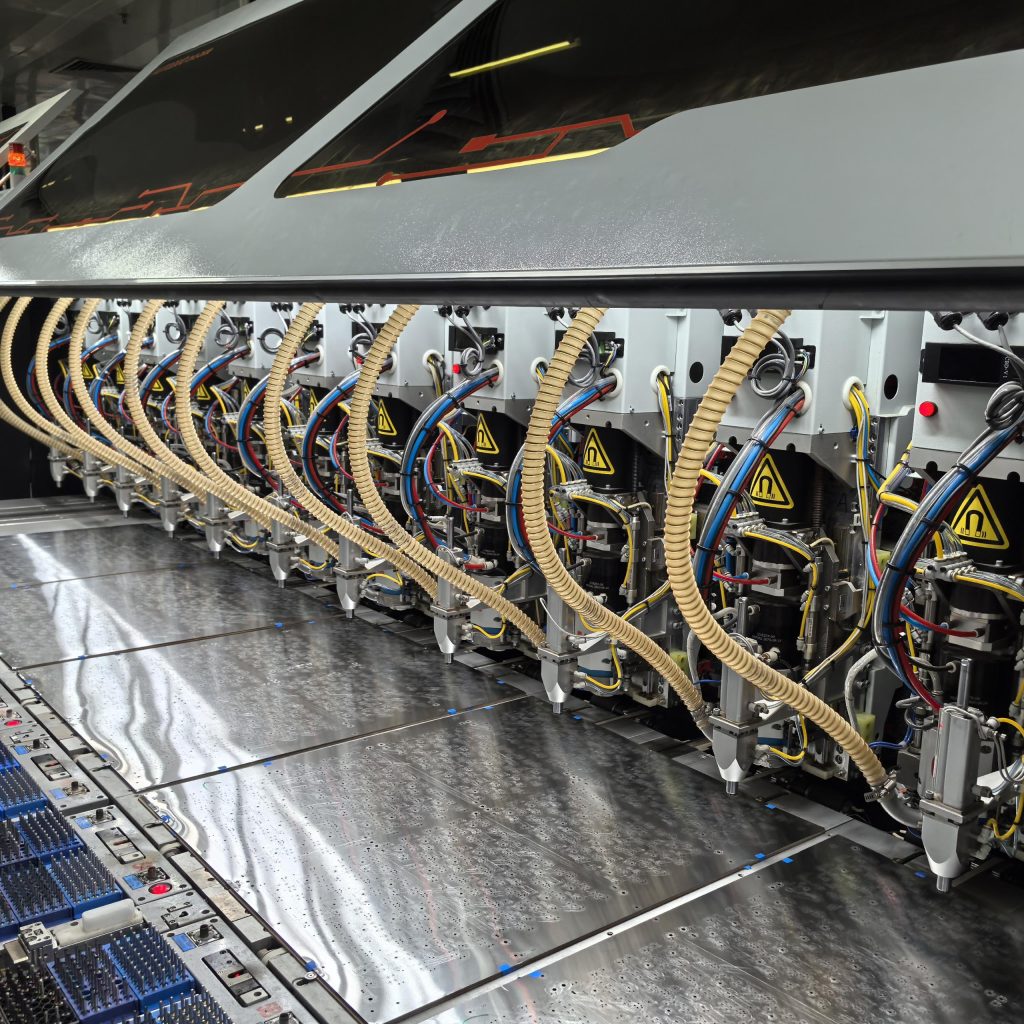The Tiny Holes That Connect Everything
1.The Purpose of Precision Drilling for PCB manufacturing in China
PCB manufacturing in China for Printed Circuit Board (PCB) is the heart of modern electronics. It holds and connects all components. Indeed, the “drill” process is a vital step in making PCBs. It is a stage where accuracy is absolutely critical, as even a minor error can render an entire board useless.
2. The Technology Behind Micro-Drilling for PCB manufacturing in China
As a result, this drilling requires extreme precision and is performed by computer-controlled machines. These automated drills use high-speed spindles and very thin drill bits, which can be thinner than a human hair. These bits are often made of solid carbide because the base material, called FR-4, is very hard and abrasive. The drilling process generates a lot of heat, so a constant stream of air or suction is used to remove tiny debris, known as swarf, and to prevent the drill bit from overheating and breaking.
3. The Critical Role of Plating PCB manufacturing in China
After drilling, the holes are not conductive. Therefore, the next important step is “electroplating“. First, the walls of the holes are chemically cleaned and prepared. Then, a thin layer of copper is chemically deposited onto the inner wall of each hole. This process creates a continuous electrical connection between the different layers, turning a simple hole into a conductive pathway. This plating must be uniform and free of defects to ensure a reliable connection.
In summary, drilling is a fundamental step in PCB manufacturing. These tiny, plated holes are essential for building the complex, powerful, and miniaturized electronic devices we use every day. They are the invisible bridges that allow our smartphones, computers, and medical equipment to function. Without them, our advanced gadgets would simply not be possible. Finally, the relentless drive for smaller devices continues to push the technology of micro-drilling to its limits.
